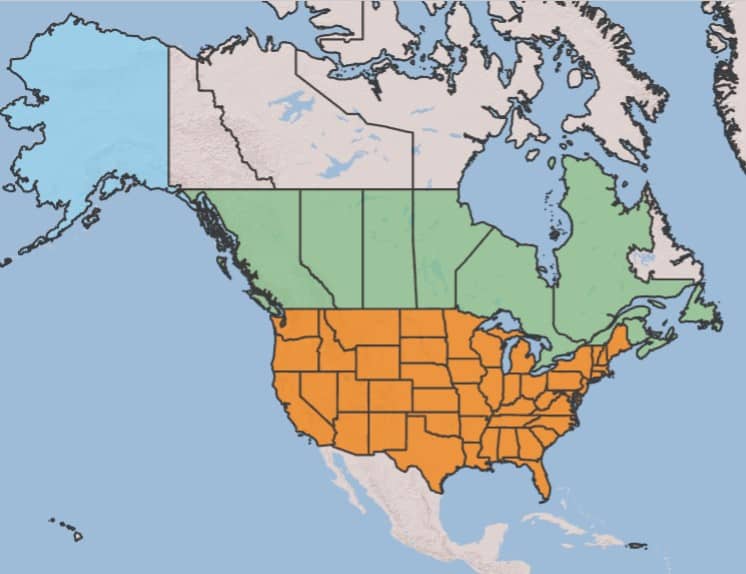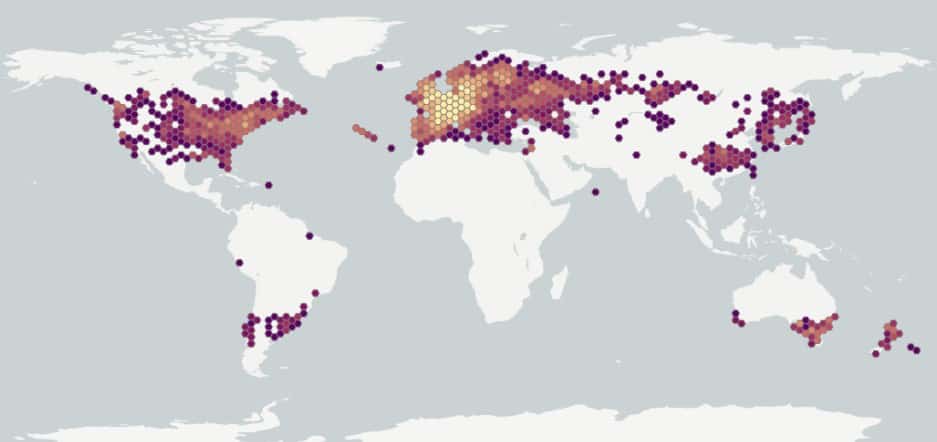Calystegia sepium
Explore More :
Explore plus :
Overview
Aperçu
Regulation :
Remarques Réglementation:
- Quarantine lists of countries e.g. Mexico *may be updated without notice
Regulation Notes:
On quarantine lists of countries e.g. Mexico*.
*Quarantine lists of countries may be updated without notice.
Distribution :
Répartition :
This species is native to Africa, temperate Asia, Australasia, Europe, North and South America (USDA-ARS 2017). Widespread in the U.S. (USDA-NRCS 2017).
Habitat and Crop Association :
Habitat et Cultures Associées :
This species grows in prairies, thickets, woodland borders, floodplain areas, cropland borders, abandoned fields, fence rows, roadsides and urban waste areas (Hilty 2017).
Economic Use, cultivation area, and Weed Association :
Utilisation économique, zone de culture et association de mauvaises herbes :
Duration of Life Cycle :
Durée du cycle vital:
Perennial
Dispersal Unit Type :
Type d’unité de dispersion :
Seed
General Information
RENSEIGNEMENTS GÉNÉRAUX
Hedge bindweed readily climbs fences as a result of its twining stems. It is known to produce chemicals that inhibit the growth of other plants (Hilty 2017).
.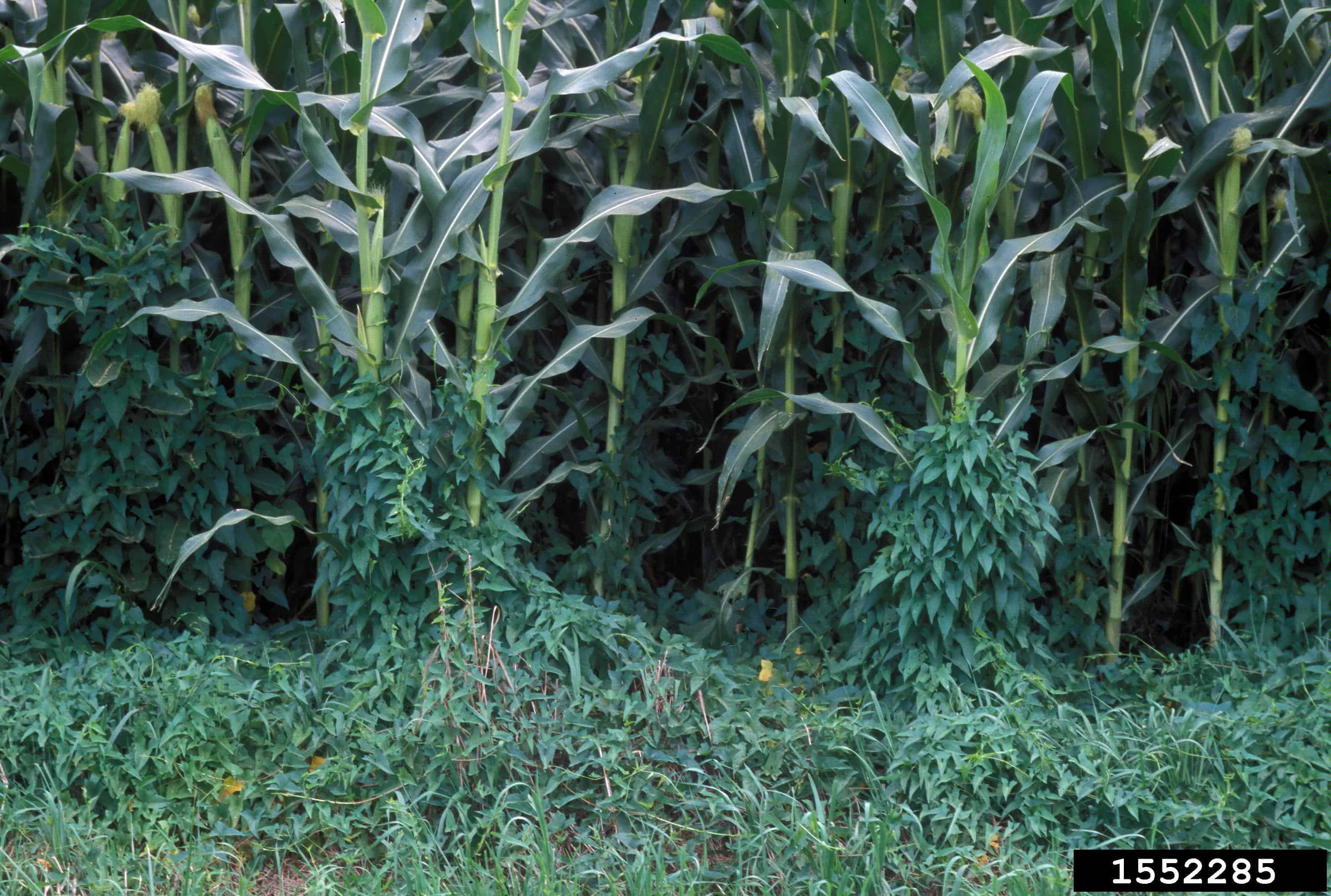
Calystegia sepium infestation (John Cardina, The Ohio State University, Bugwood.org)
Identification
Identification
-
Seed
Size
- Seed length: 3.7 – 5.2 mm (average: 4.6 mm); width: 3.2 – 4.1 mm (average: 3.7 mm)
Shape
- Seed is sectoroid-shaped, and slightly trigonous with two flat sides and a curved side in profile; the two flat sides form a ridge where they meet
Surface Texture
- Seed surface is roughened with small granules, wrinkles and papillate tubercles
Colour
- Seed is dull, reddish-brown to dark brown; the hilum is generally an orange colour
Other Features
- Hilum is D-shaped in a flat area at one end of the seed, offset to one side
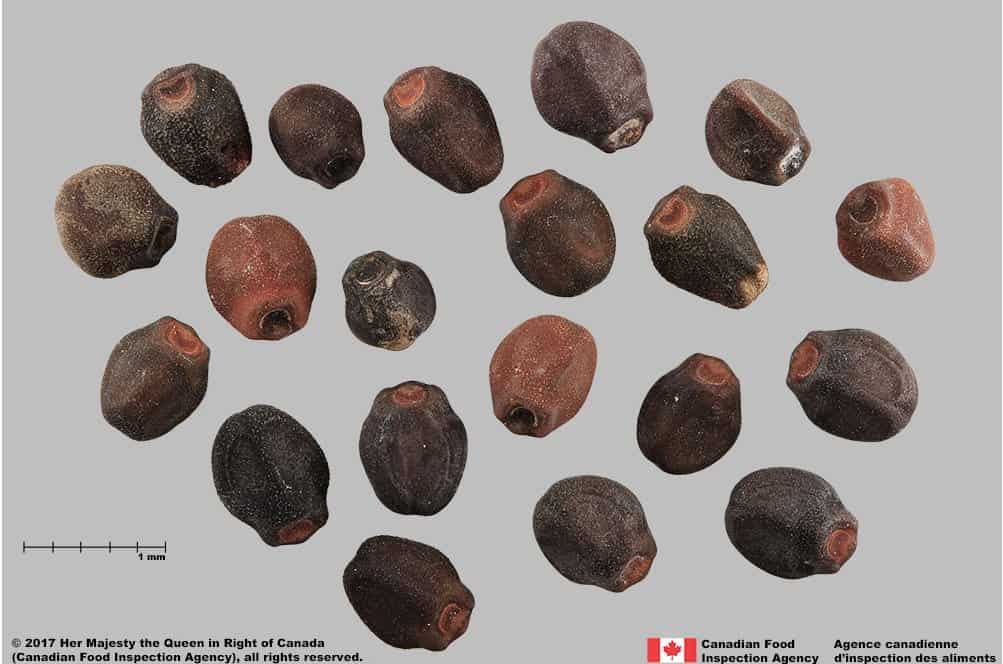
Hedge bindweed (Calystegia sepium) seeds

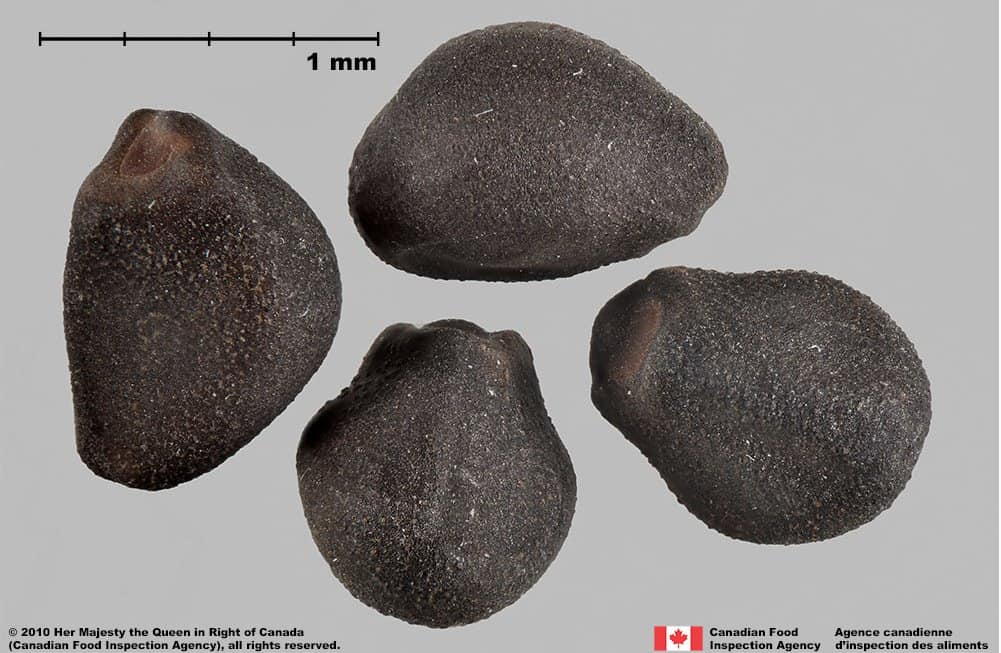
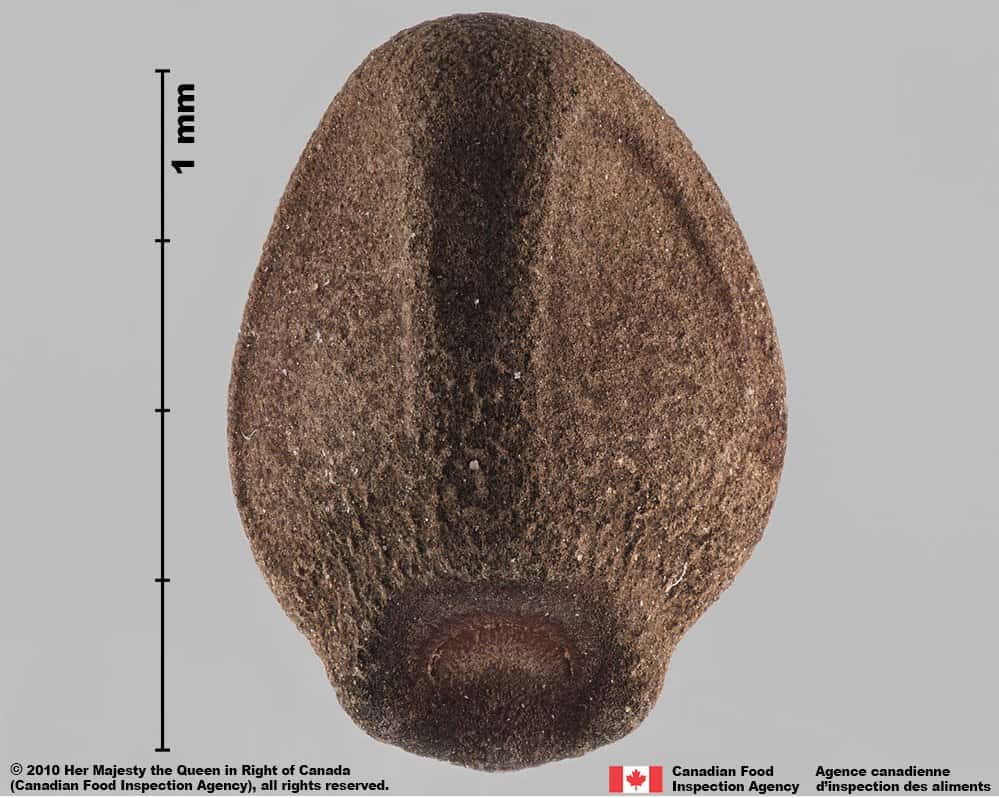
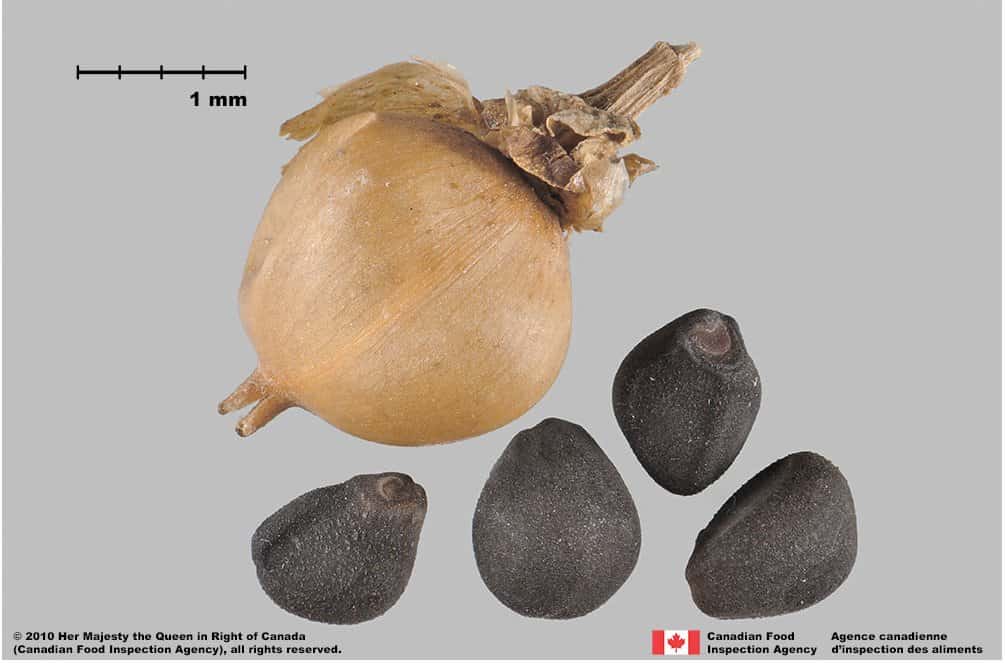
Identification Tips
CONSEILS POUR L’IDENTIFICATION
Additional Botany Information
AUTRES RENSEIGNEMENTS BOTANIQUES
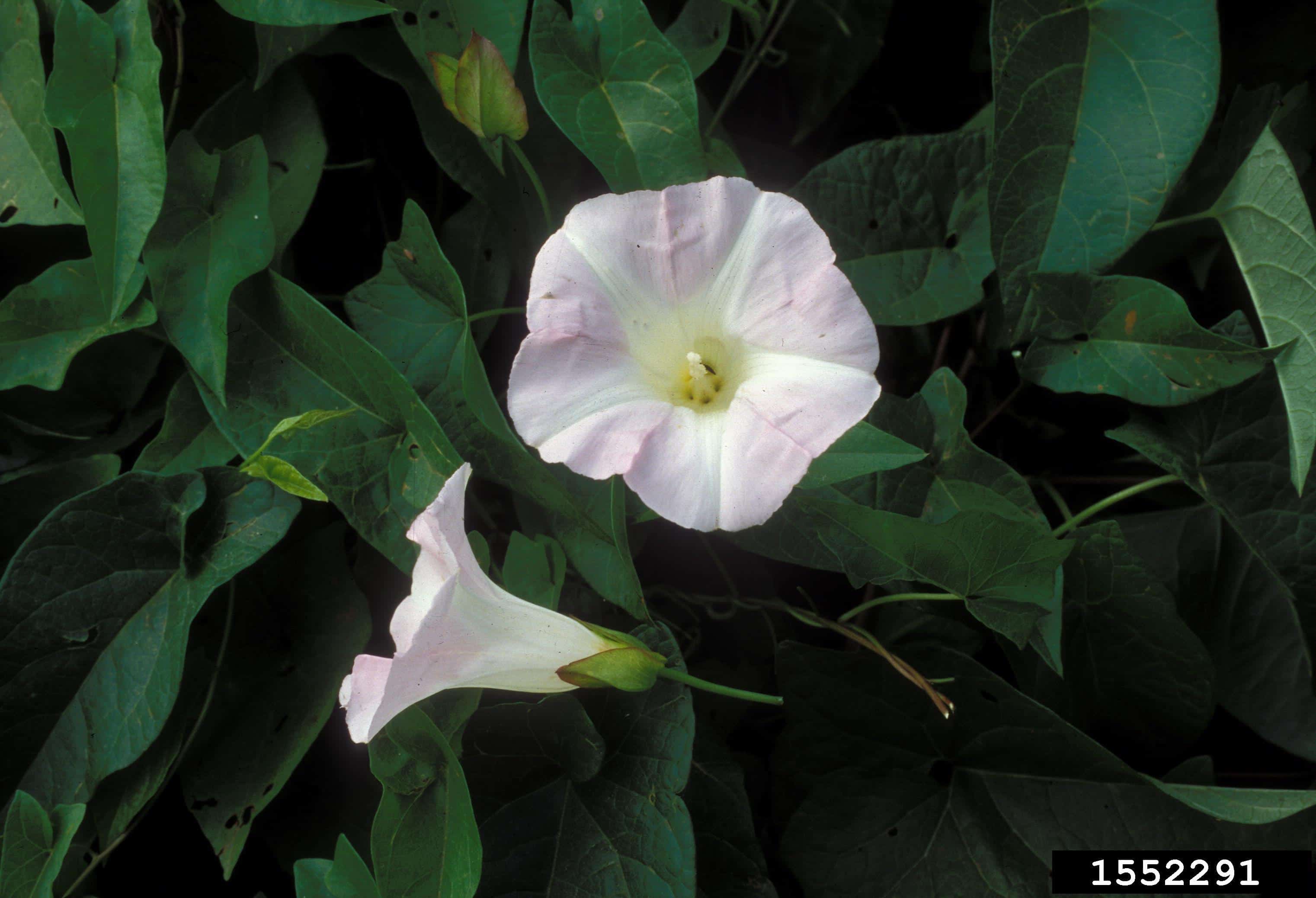
Calystegia sepium flowers (Brian Sugerman, The Ohio State University, Bugwood.org)

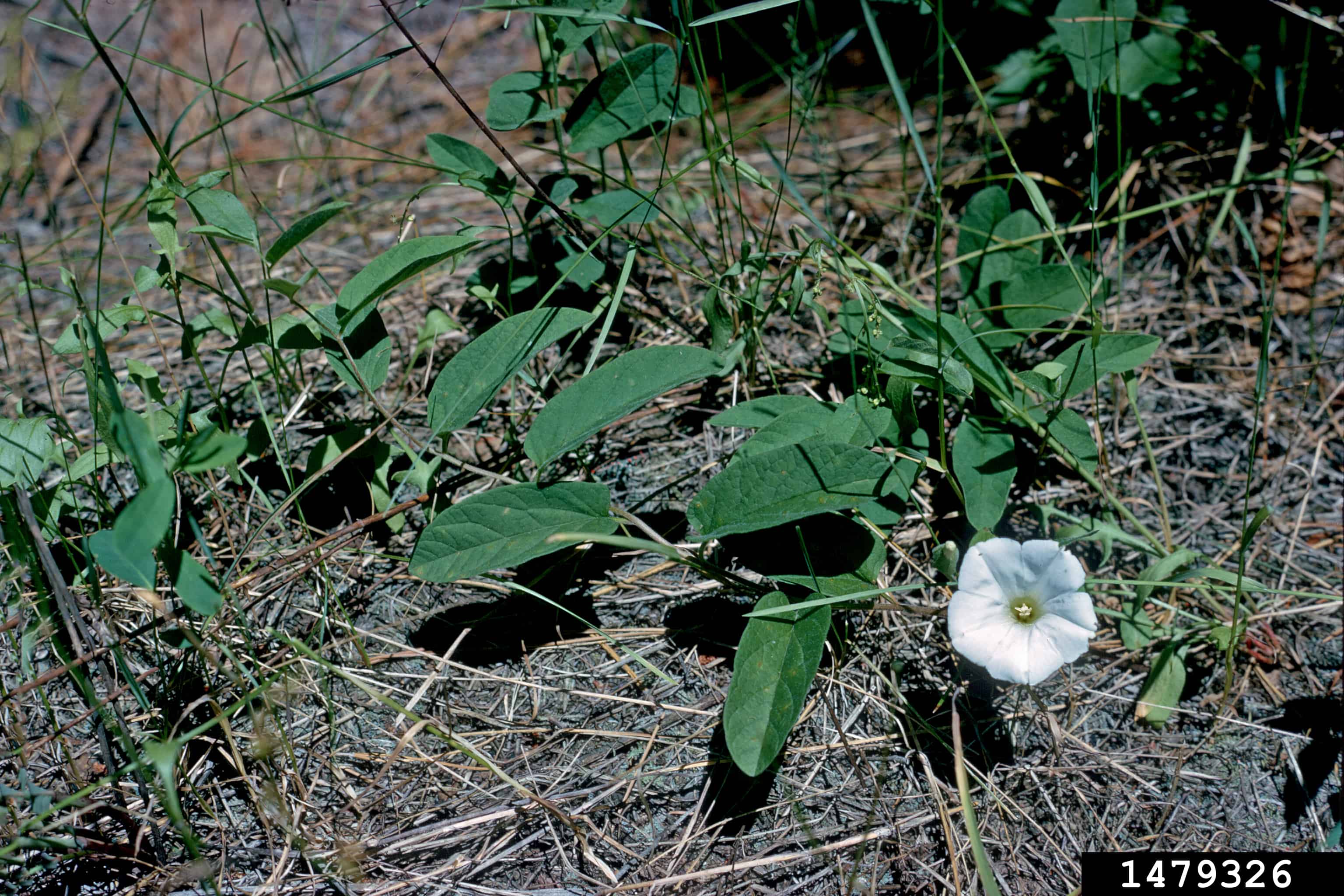
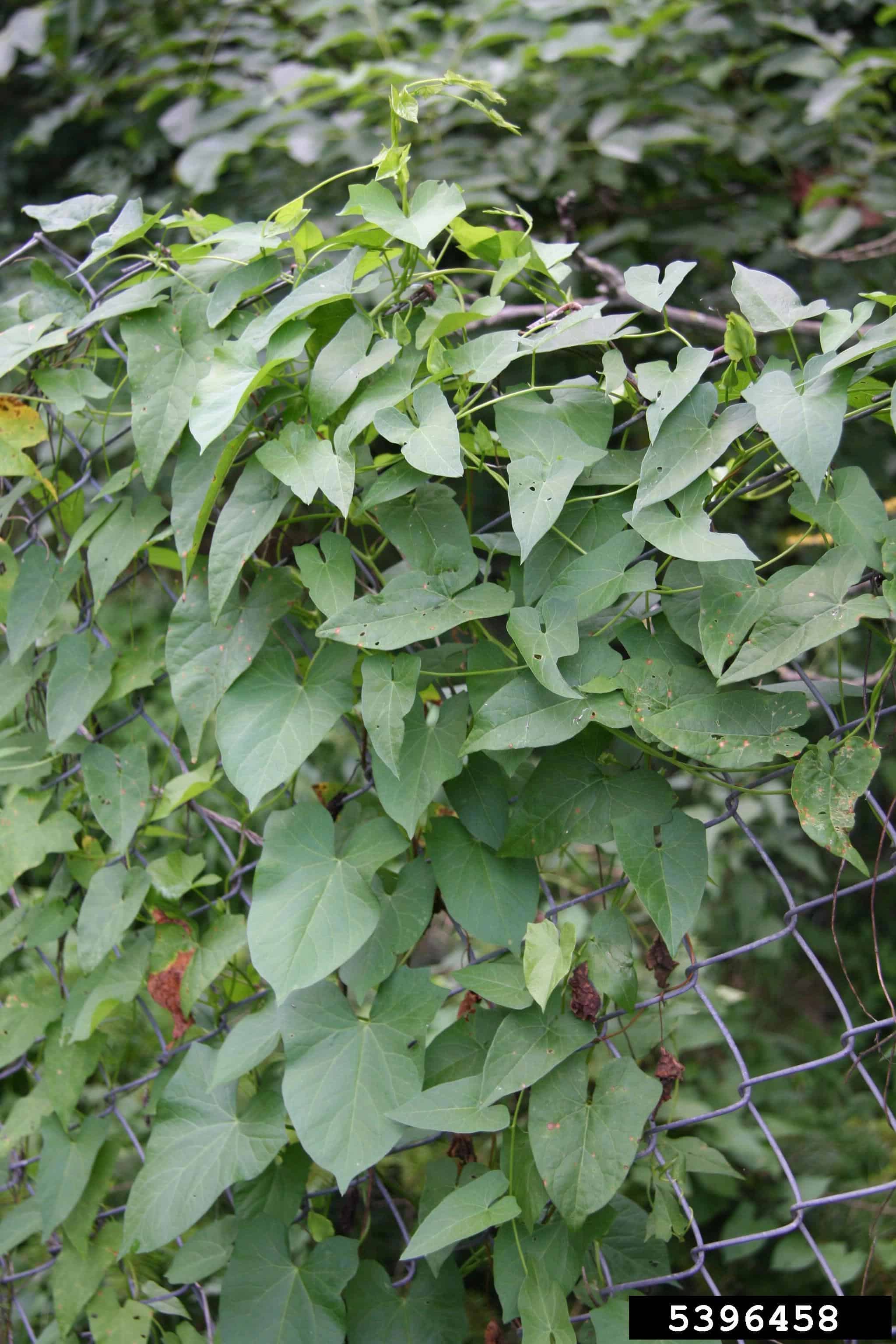
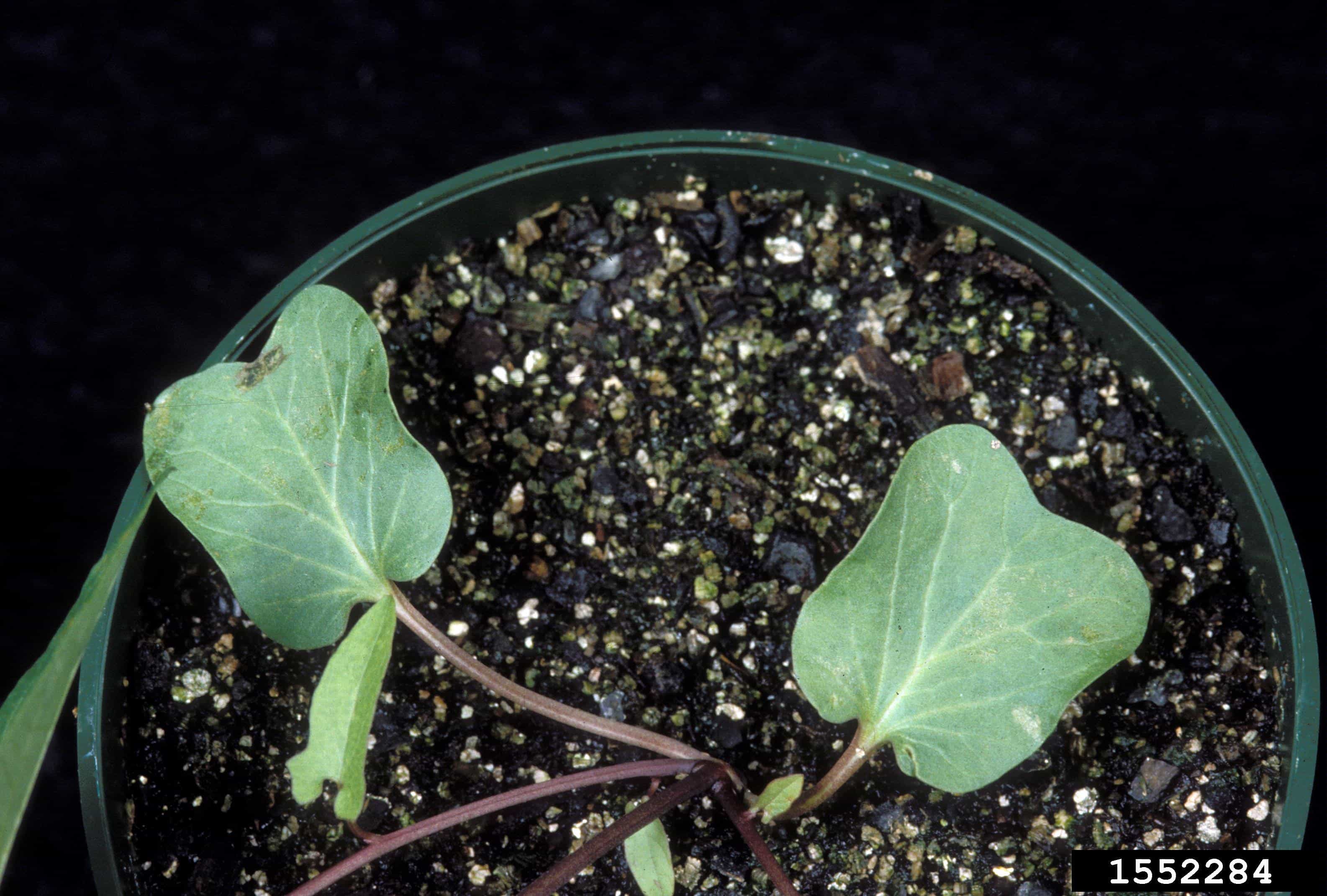
Similar Species
ESPÈCES SEMBLABLES
Similar species are based on a study of seed morphology of various species, and those with similar dispersal units are identified. The study is limited by physical specimen and literature availability at the time of examination, and possibly impacted by the subjectivity of the authors based on their knowledge and experience. Providing similar species information for seed identification is to make users aware of similarities that could possibly result in misidentification.
Convolvulus arvensis (field bindweed)
Convolvulus arvensis seeds are a similar sectoroid shape, reddish-brown colour with a flat hilum area at one end.
Convolvulus arvensis seeds are generally smaller than hedge bindweed (average length: 4.1 mm; average width: 3.1 mm) with a surface texture that is more roughened with warty tubercles and irregular ridges. The hilum is smaller and an oval shape rather than a D-shape seen in hedge bindweed.
Click to select species
Cliquez pour sélectionner les espèces
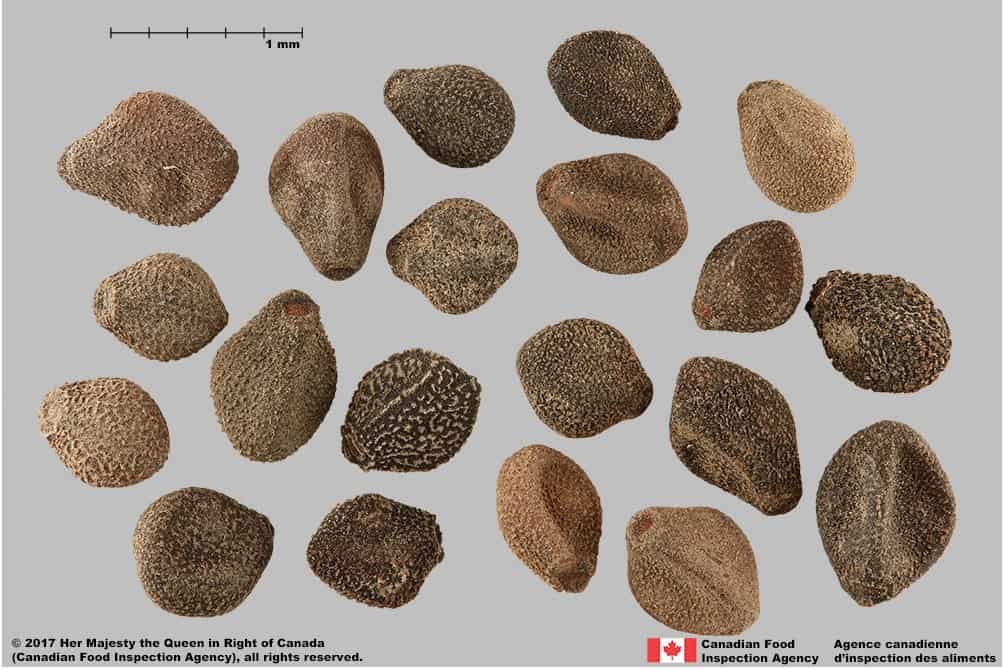
Convolvulus arvensis
Comparison Window
Fenêtre de comparaison
MAIN SPECIES
ESPÈCES PRINCIPALES
Calystegia sepium

Calystegia sepium
Convolvulaceae
Hedge bindweed (Calystegia sepium) seeds
MAIN SPECIES
ESPÈCES PRINCIPALES
Calystegia sepium

Calystegia sepium
Convolvulaceae
Hedge bindweed (Calystegia sepium) seeds
MAIN SPECIES
ESPÈCES PRINCIPALES
Calystegia sepium

Calystegia sepium
Convolvulaceae
Hedge bindweed (Calystegia sepium) seed
MAIN SPECIES
ESPÈCES PRINCIPALES
Calystegia sepium

Calystegia sepium
Convolvulaceae
Hedge bindweed (Calystegia sepium) capsule and seeds
SIMILAR SPECIES
ESPÈCES SEMBLABLES
Convolvulus arvensis

Convolvulus arvensis
Convolvulaceae
Field bindweed (Convolvulus arvensis) seeds
SIMILAR SPECIES
ESPÈCES SEMBLABLES
Convolvulus arvensis
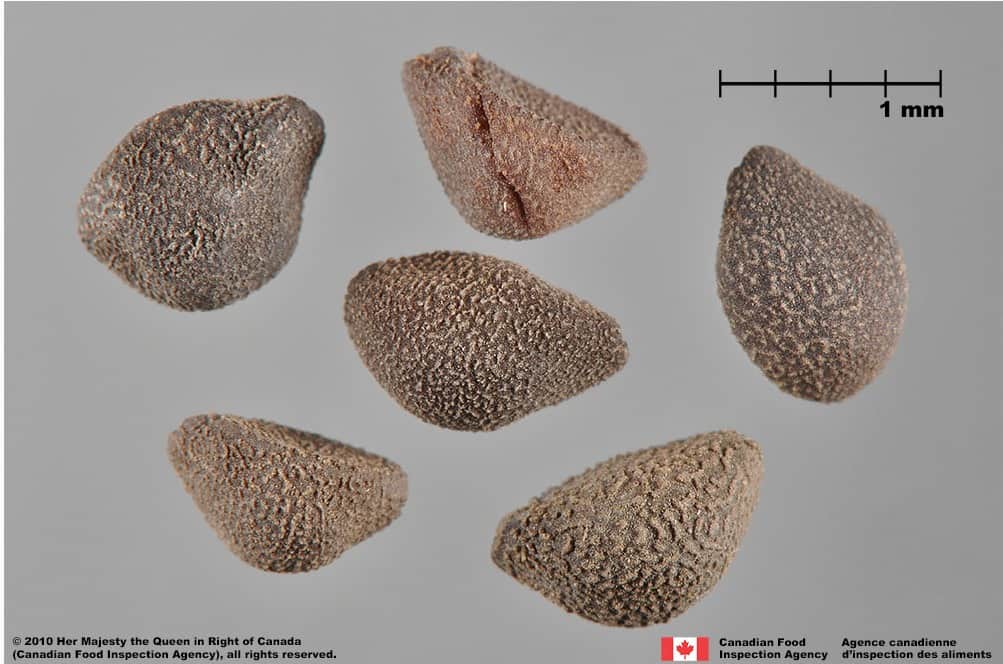
Convolvulus arvensis
Convolvulaceae
Field bindweed (Convolvulus arvensis) seeds
SIMILAR SPECIES
ESPÈCES SEMBLABLES
Convolvulus arvensis
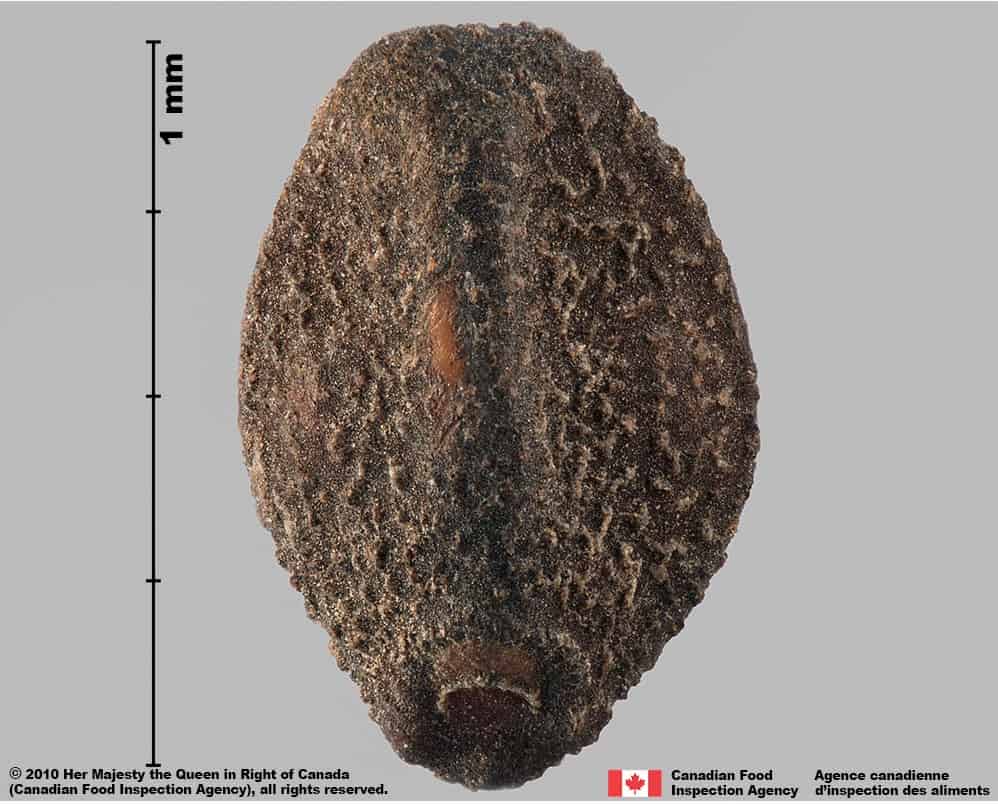
Convolvulus arvensis
Convolvulaceae
Field bindweed (Convolvulus arvensis) seed
SIMILAR SPECIES
ESPÈCES SEMBLABLES
Convolvulus arvensis
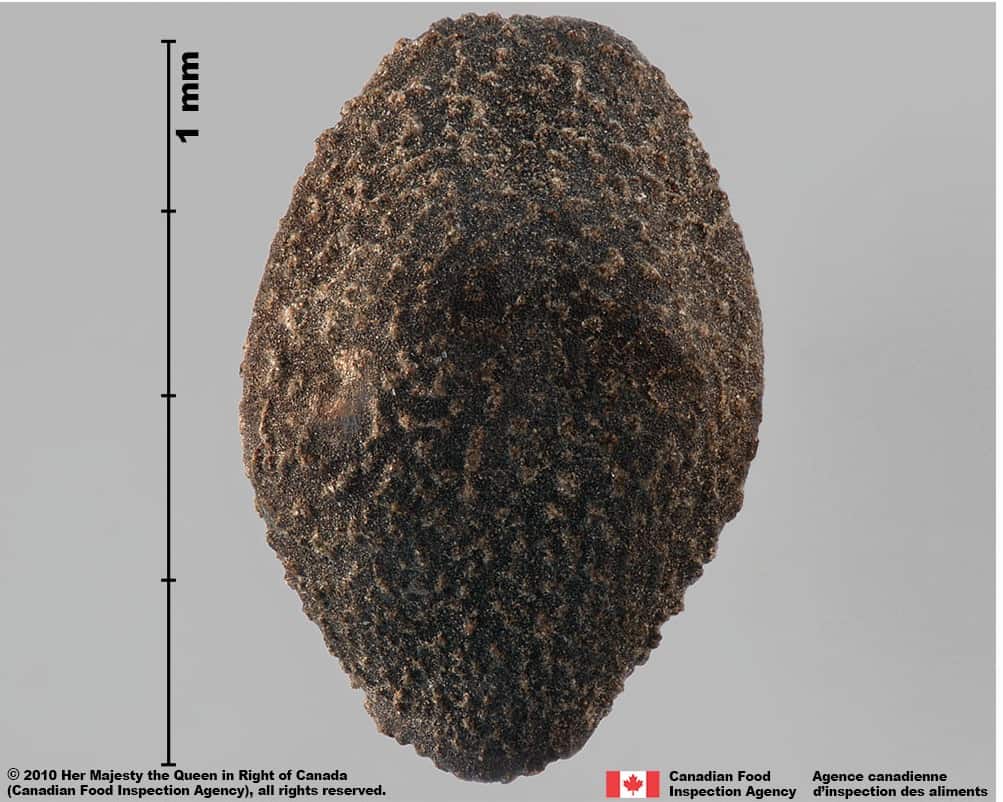
Convolvulus arvensis
Convolvulaceae
Field bindweed (Convolvulus arvensis) seed
SIMILAR SPECIES
ESPÈCES SEMBLABLES
Convolvulus arvensis
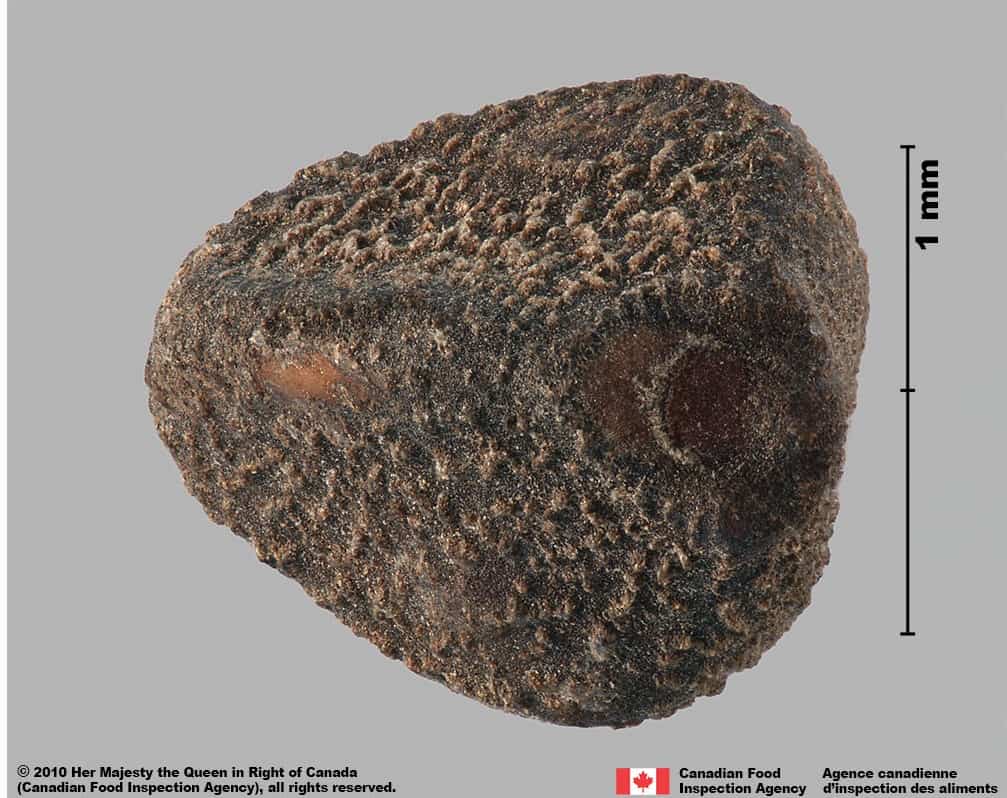
Convolvulus arvensis
Convolvulaceae
Field bindweed (Convolvulus arvensis) seed
Need ID Help?
Besoin d’aide pour l’identification?
Reference(s)
Référence(s)
Global Biodiversity Information Facility (GBIF) Secretariat. 2022. https://doi.org/10.15468/39omei Accessed via https://www.gbif.org/species/2928441 Accessed December 29, 2022.
Hilty, D.J. 2017. Illinois Wild Flowers, http://www.illinoiswildflowers.info Accessed April 25, 2017.
U.S. Department of Agriculture-Agricultural Research Services (USDA-ARS). 2017. Germplasm Resources Information Network (GRIN), https://npgsweb.ars-grin.gov/gringlobal/taxon/taxonomysearch Accessed April 25, 2017.
U.S. Department of Agriculture-Natural Resources Conservation Service (USDA-NRCS). 2017. The PLANTS Database. National Plant Data Team, Greensboro, NC USA. https://plants.usda.gov/home Accessed April 25, 2017.
U.S. Department of Agriculture-Natural Resources Conservation Service (USDA-NRCS). 2022. The PLANTS Database. National Plant Data Team, Greensboro, NC USA. http://plants.usda.gov Accessed December 29, 2022.



